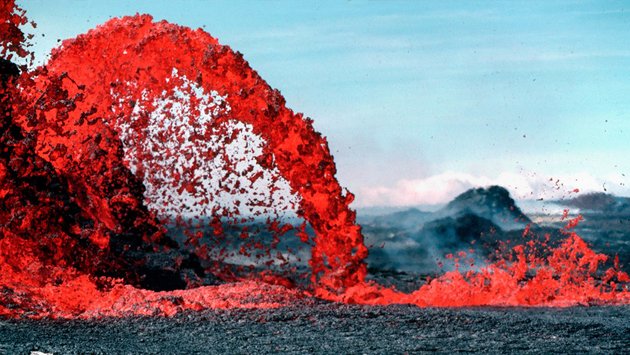
According to Science Alert reports, a group of scientists from Rutgers University in the United States recently discovered a huge accumulation of rocks in a state of fusion that is rising towards the surface of the country in the northeast of the country.
The researchers analyzed data from a network composed of thousands of geological sensors. The data collected allowed recording a thermal anomaly, which is currently located at a depth of 200 kilometers underground. It is a bubble of 400 km in diameter, whose temperature exceeds in hundreds of degrees that of the immediate rock formations.
The anomaly affects the North American states of Vermont, New Hampshire and Massachusetts. In that area of the USA there are no active volcanoes, which is why geophysicists believe they have encountered a relatively recent phenomenon.
Scientists are sure that an eruption would be the natural outcome for this accumulation of magma, but consider that millions of years can pass before that event occurs.
Previously, NASA scientists have claimed that supervolcanoes are considered a more serious threat than asteroids or a third world war.
There are about 20 known supervolcanoes on our planet, and the eruption of any one of them can have catastrophic consequences, say the researchers.
The most dangerous volcano in this sense is that of Yellowstone, located in the USA, in the territory of the state of Wyoming.

Some exciting stuff here
Downvoting a post can decrease pending rewards and make it less visible. Common reasons:
Submit